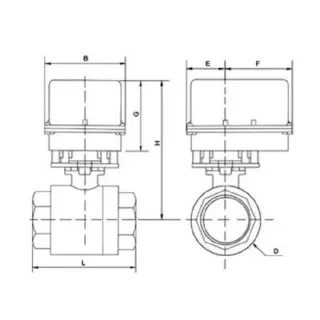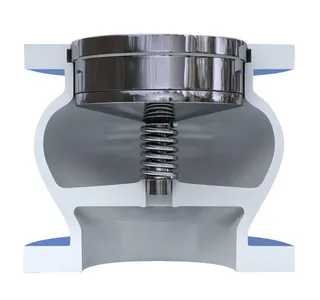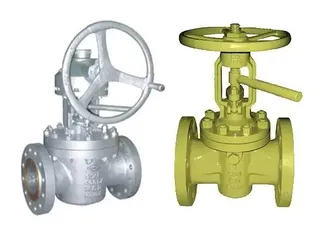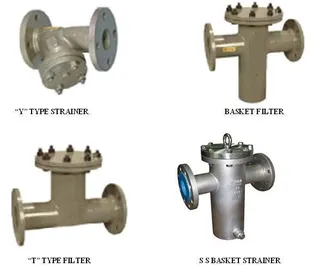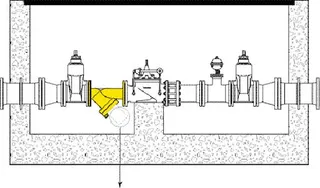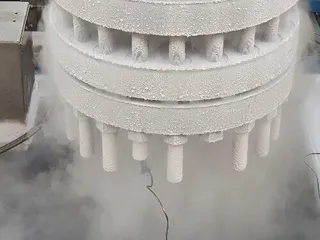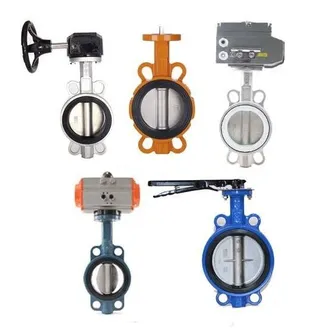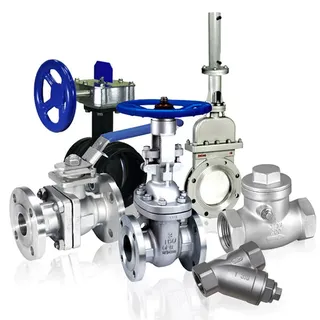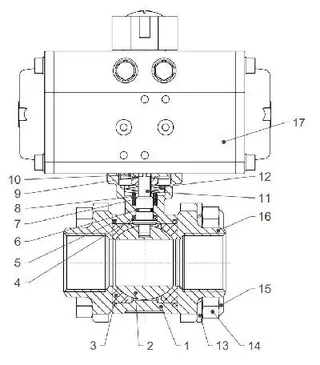Efficient Maintenance of Electric Ball Valves and Actuators
Electric ball valves, driven by electrical power, are crucial equipment for valve opening, closing, and fluid regulation. Widely used across various industrial settings, their primary functions include isolating or connecting media within pipelines and precisely adjusting fluid flow and pressure. As integral components of industrial automation and process control, the stable operation and long-term reliability of electric ball valves are inseparable from proper maintenance. Methods for Maintenance...

